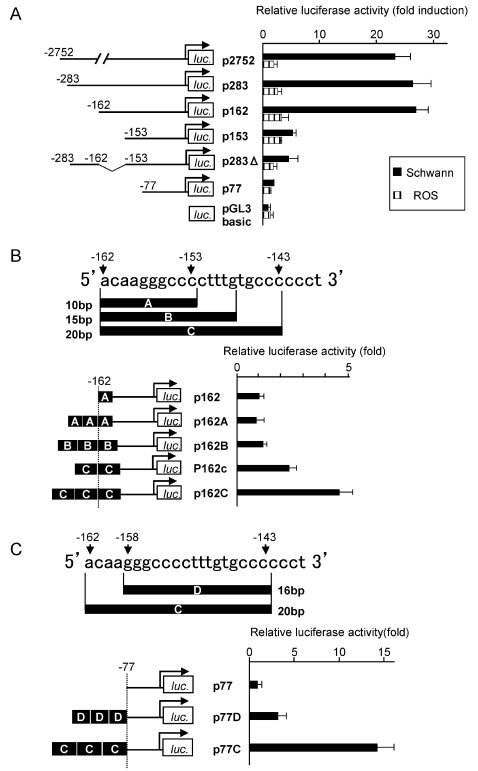Figure 1. Luciferase activity of Schwann cells transiently transfected with a MAG promoter construct.
(A) Transient cotransfections of Schwann cells and ROS cells using various rat MAG reporter constructs. The largest MAG-luciferase reporter plasmid had a 2.7-kb promoter. Numerous sequences with 5′ deletion were constructed, including reporter plasmids containing 283-, 162-, 153-, and 77-bp segments of the MAG promoter. A sequence with internal deletion of a segment from −162 to −153 was also constructed. The observed firefly luciferase activity is normalized with the Renilla luciferase activity and the results are expressed as fold induction compared with empty vector in Schwann cells. Deletion of a region between −162 and −153 greatly reduced the luciferase activity. In contrast, the luciferase activity showed subtle changes in the ROS cell. (B, C) To examine the positive effects of the sequence between −162 and −153 on the promoter activity, we generated and analyzed various lengths of tandem repeats downstream from −162 (B) and upstream from −143 (C). The normalized luciferase activity is expressed as fold induction compared with the value of either p162 in (B) or p77 in (C) respectively. Only the reporter constructs bearing 20-bp tandem repeats (−162 to −143) could increase the luciferase activity in a repeat number-dependent manner. Therefore, we believe that this 20-bp sequence (5′-ACAAGGGCCCCTTTGTGCCC-3′) is required and sufficient for the activation of the MAG promoter and that it is a cis-acting element.

